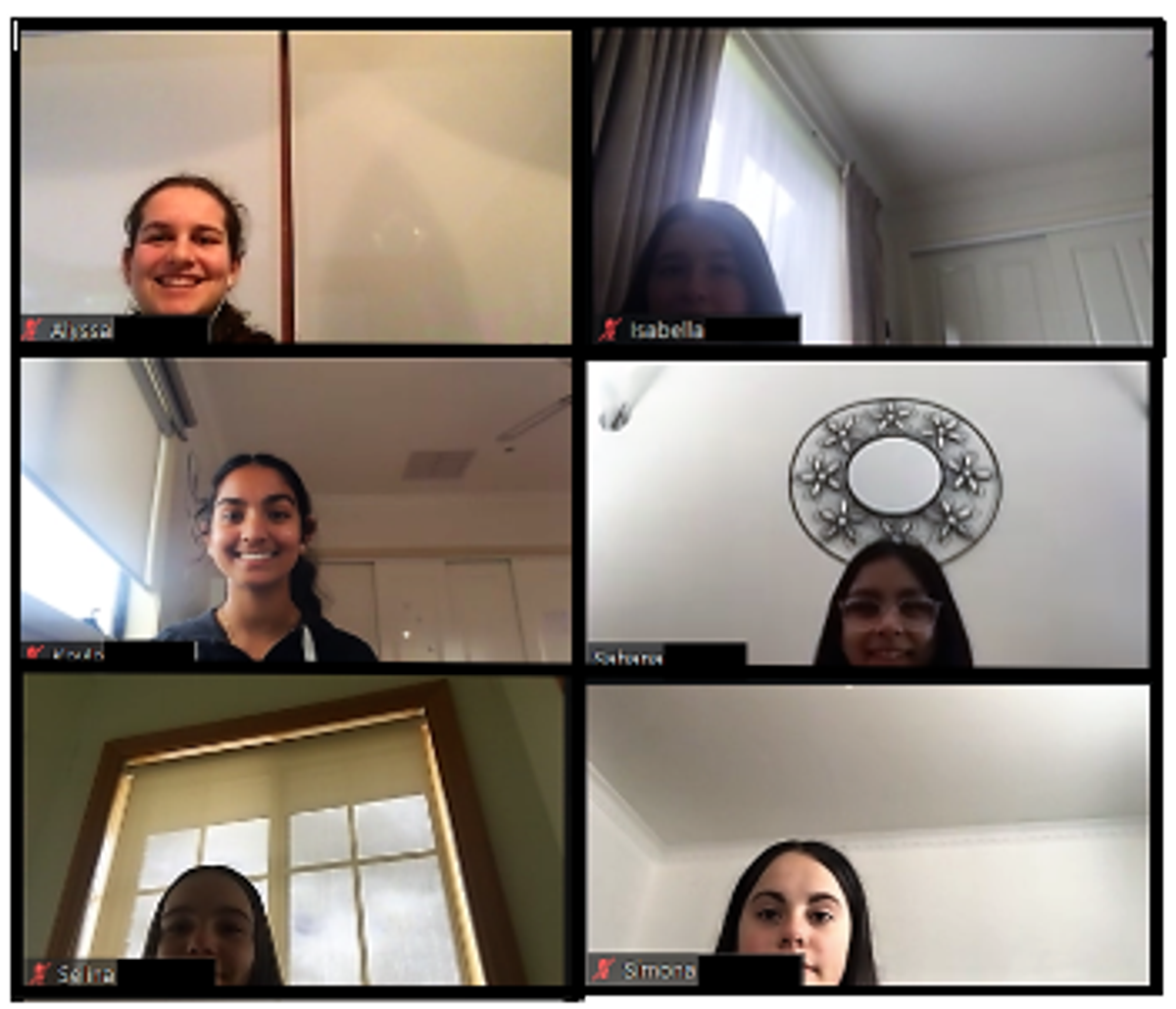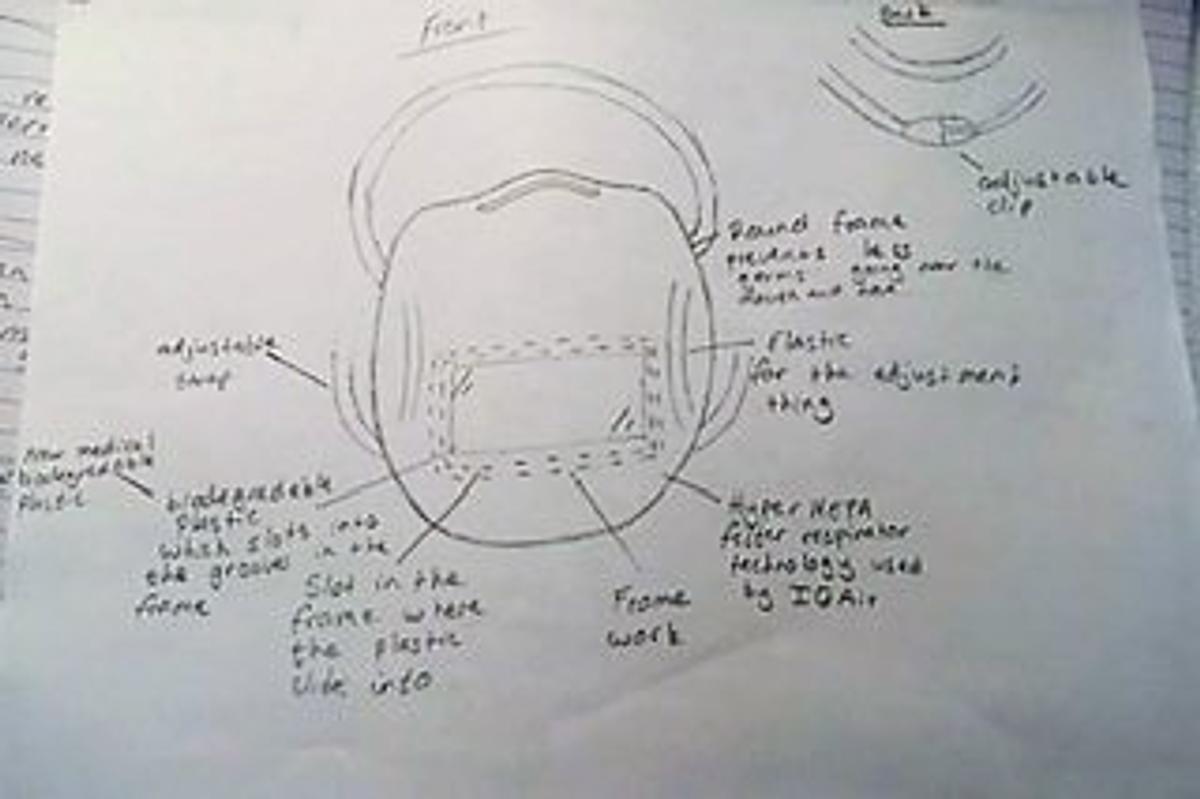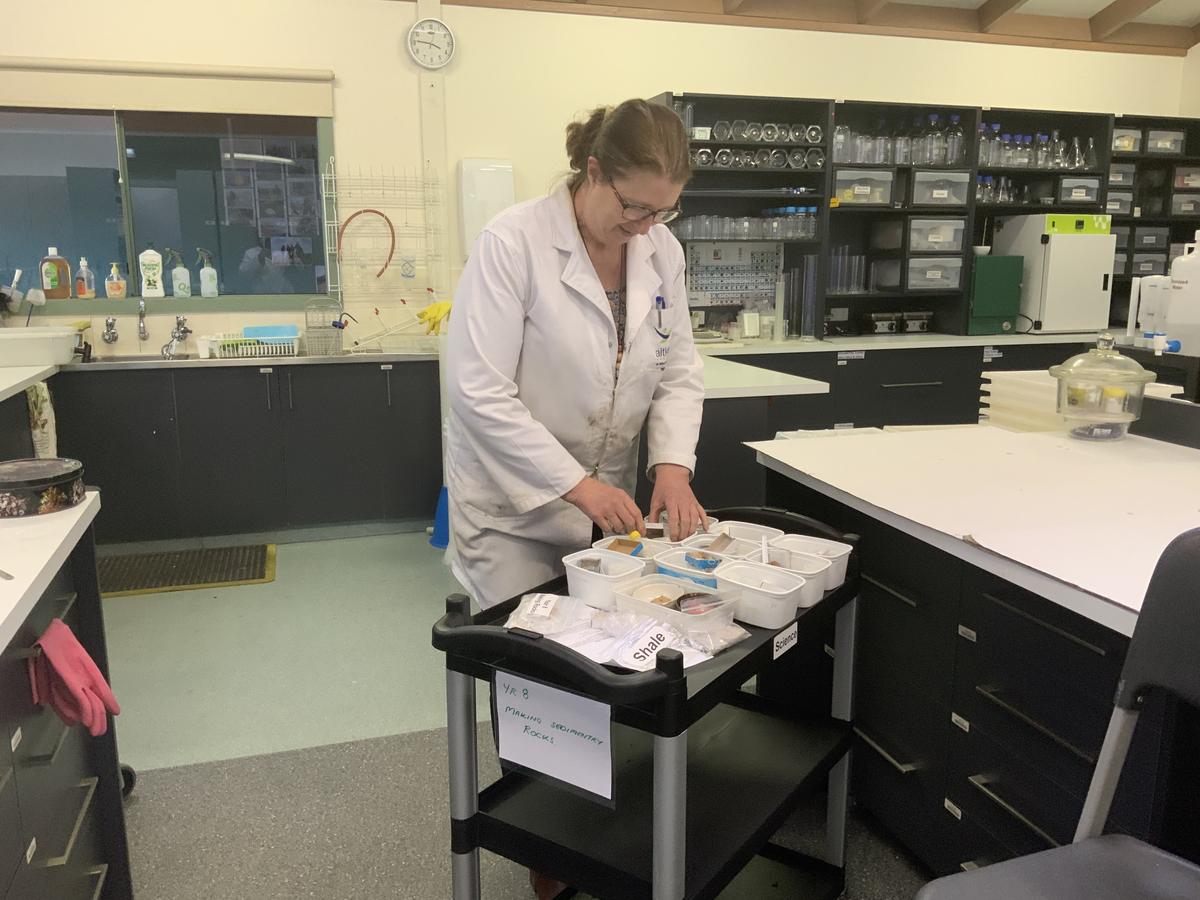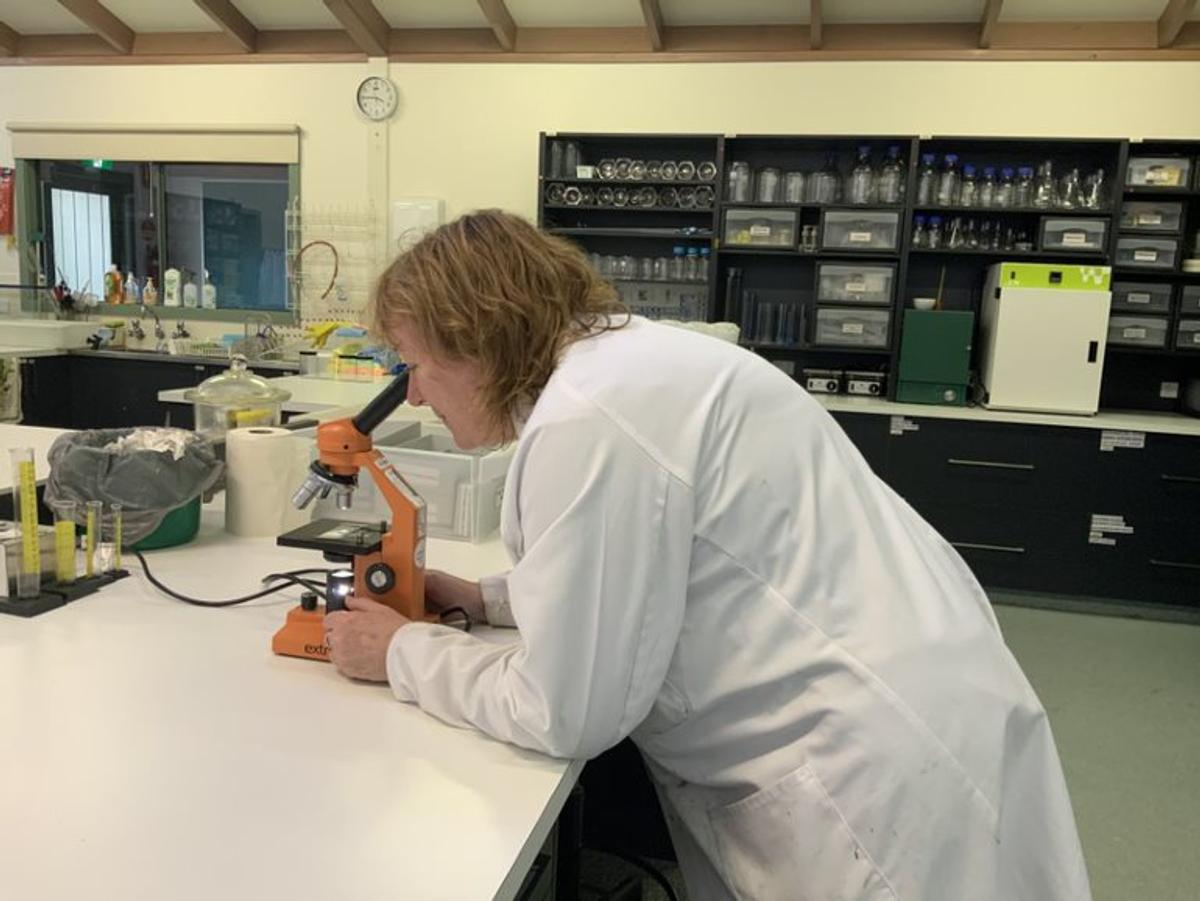Science
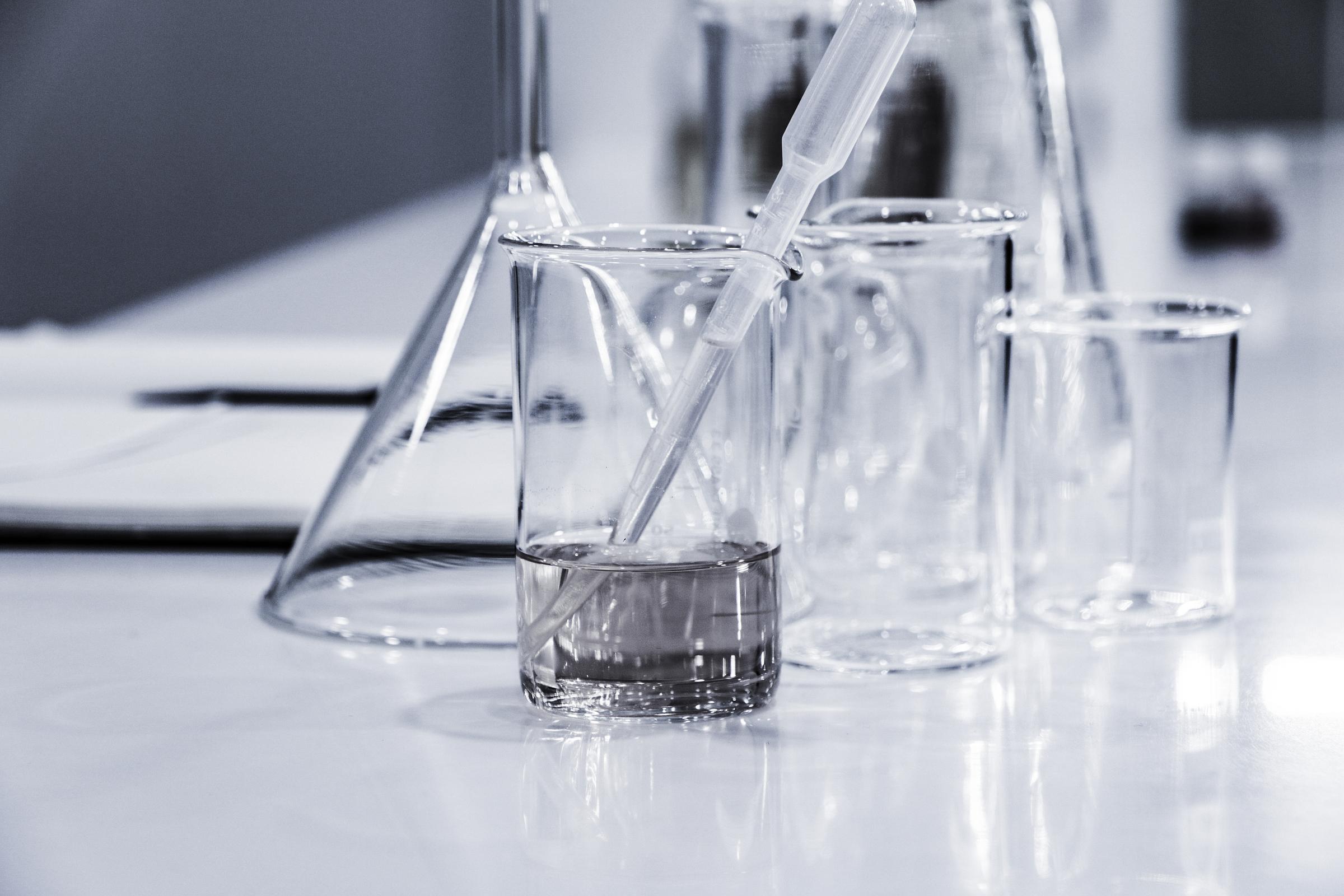
EngGirls Project - COVID-19 Face Mask Challenge
Girls from Years 9 and 10 are participating in an EngGirls project where they are designing a mask for the COVID-19 Face Mask Challenge. Students from schools throughout Victoria are considering innovative ways to design a mask for frontline health professionals that is more efficient and reliable than surgical masks. The team includes: Kayla P, Makenzie H, Sahana S, Alyssa G, Selina H, Simona M and Isabella R and they are being supported in the project by Mr Watson, Ms Lutton and Dr Hudson. Included below is a little snapshot of some of the ideas behind the team’s design.
Alyssa G
As the leader of the communication sector, it is imperative to ensure that the design and engineering of the mask is well created and presented. It is also important to voice the challenges of creating the mask to further improve the design, functionality and sustainability. The group and I have been researching biodegradable plastics and biodegradable cotton. This research has been conducted to ensure that the mask we create has sustainable attributes to better improve the quality of human life.
Simona M
Face masks combined with other preventive measures, such as frequent hand-washing and social distancing, help slow the spread of the virus. However, some masks are more effective than others. N95 masks provide a higher degree of protection than a surgical mask or cloth mask because they can filter out both large and small particles when the wearer breathes. The N95 surgical face mask has been recommended by USA experts as the best protection to help slow the spread of the virus. The mask has a 0.3 microns or 95% BFE (Bacterial Filtration Efficiency). This test evaluates how well a surgical mask can prevent biological particles from being expelled by the wearer into the environment. The average diameter of the virus particles is around 0.12 microns. This means the holes in the mask are too small for the virus to fit through.
Sahana S
When considering producing a mask for the general public, I wanted to be able to invent something that would be reliable for everyone - especially people with disabilities. Therefore, having a clear piece of biodegradable, reusable plastic near the centre (mouth) area of the mask would help people who are deaf by lip reading. Using the clear, see through function of the plastic. It was also concluded by Dr. Mehrabian (Professor Emeritus of Psychology at the University of California) that only 7-35% of communication is verbal, however 55% is facial and body movement recognition, therefore, having more visuals of the face will work excellently, especially for medical specialists.
Science Technician Appreciation & Recognition Week
24 -28 August was Science Technician Appreciation and Recognition Week. It was a great opportunity to acknowledge the work of our Laboratory Technicians, Mr Carmelo Sciglitano, Mrs Jillian Forward and Mrs Raelene Browning, for their tireless efforts in supporting the Science faculty. Innovative, thoughtful, considerate, organised and hardworking are just a few words that can be used to describe the attributes that they bring to the Science faculty. With over 1,000 student design investigations and 800 classroom experiments each year, the role of the Laboratory Technician is always busy and quite varied. But with students now learning from home, their range of tasks has been extended to preparing resources for the online environment such as recording experiments and running Year 12 student design investigations. We are very proud of the research projects that the students produce each year and know that the students very much enjoy being able to do experiments. So, STAR week is a wonderful opportunity to acknowledge that this is all made possible because of the wonderful support of the Science Laboratory Technicians.
Dr Adele Hudson
Head of Faculty Science

